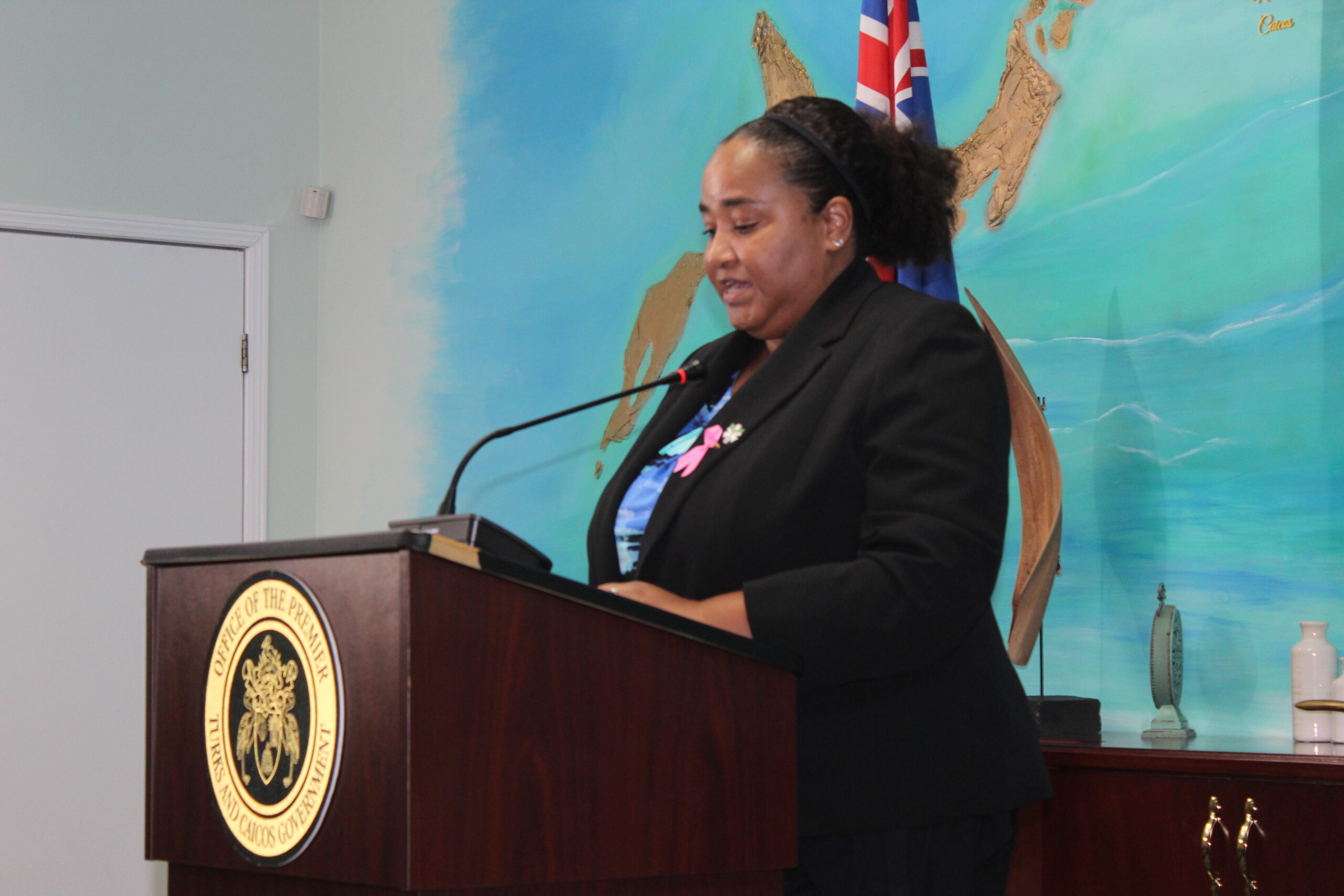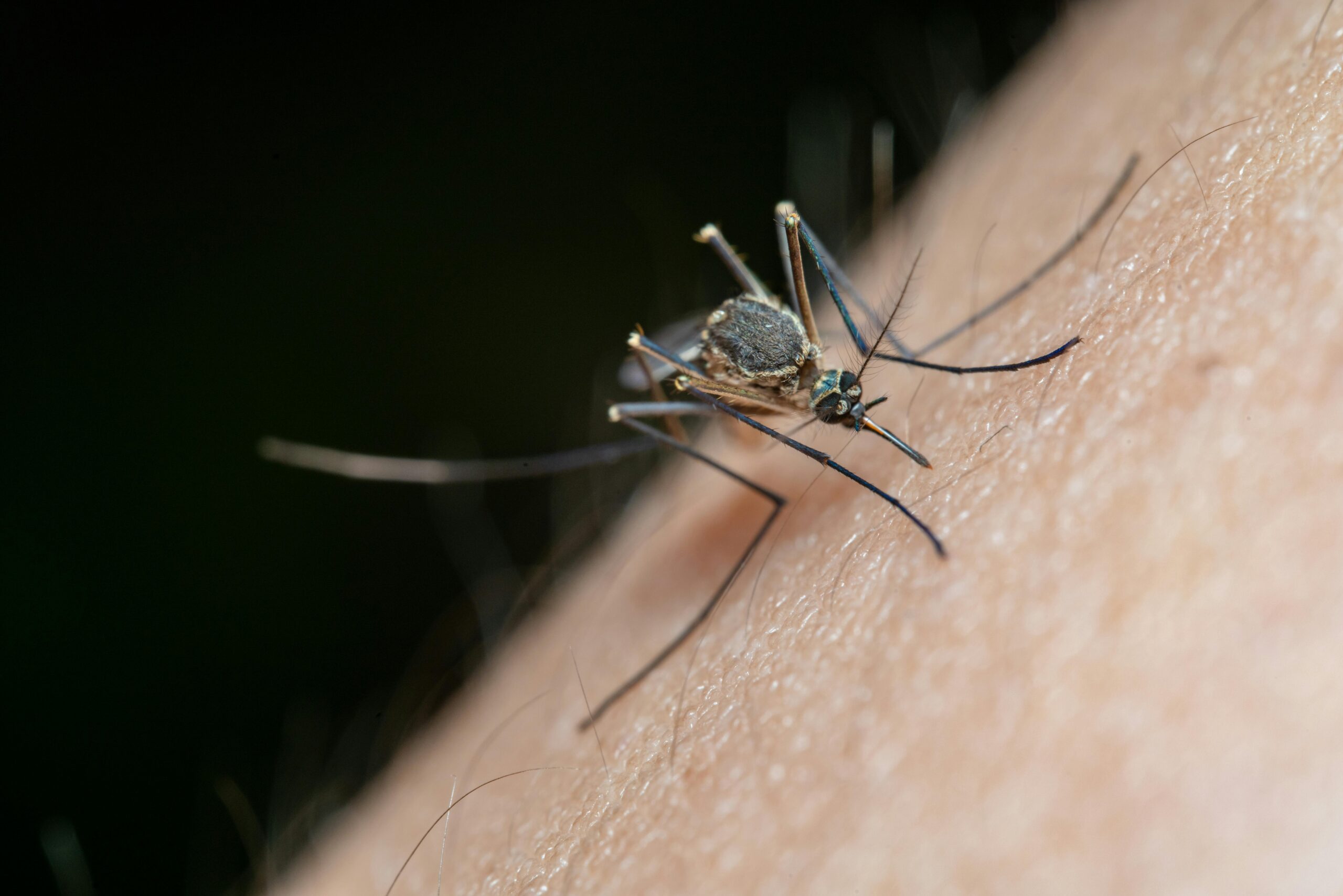PROVIDENCIALES, TCI, APRIL 30, 2024: Provo Water Company (PWC) has made significant progress in addressing recent water supply issues caused by increased water demand on Providenciales, and while ongoing projects aimed at long-term solutions are proceeding as planned, nightly water restrictions will continue through May.
This news comes as an update on the organization’s swift response to the rising water demand, which prompted the initial implementation of nightly restrictions to safeguard daily water reserves. The company is actively pursuing multiple projects, including upgrades to the city water transmission main, the main city water line valves, and the Middle Booster Pump Station,
alongside various other initiatives, to ensure long-term solutions to the supply issues.
 Provo Water Company reaffirms its dedication to the residents of Turks and Caicos by continuing with a range of improvement projects aimed at innovative solutions for short and long-term distribution challenges. While diligently advancing these initiatives, the organization has determined that the nightly water restrictions remain necessary to ensure the replenishment of
Provo Water Company reaffirms its dedication to the residents of Turks and Caicos by continuing with a range of improvement projects aimed at innovative solutions for short and long-term distribution challenges. While diligently advancing these initiatives, the organization has determined that the nightly water restrictions remain necessary to ensure the replenishment of
daily reserves as it strives to keep these projects on track.
These restrictions will be implemented on an as-needed basis to effectively manage water consumption efficiently. If deemed necessary, the restrictions will be in effect from 11:30 p.m. to 5:30 a.m., optimizing conservation efforts during off-peak hours.
In response to the extension, Managing Director Robert Hall expressed apologies to customers and stakeholders in light of the extension. He reiterates his organization’s dedicated efforts to minimize the frequency of water restrictions and their eventual elimination in response to the extension.
In a statement, Hall said, “We will implement these measures only as required throughout the month of May to efficiently regulate water usage. We recognize the impact of these restrictions, and we want to assure you that we are doing our utmost to minimize inconvenience and ensure that your needs are our top priority.”
The transmission main project, which will enhance various aspects of the existing water supply network, ultimately improving water distribution across the island, is currently scheduled to be completed by mid-June 2024.

Hall concluded, “This project is pivotal in strengthening our water distribution infrastructure, improving operational efficiency, and ensuring a reliable water supply for our community. By actively working towards its completion, we remain dedicated to serving our customers with the utmost excellence, reliability, and efficiency.”
Learn more about Provo Water Company’s water efficiency and conservation initiatives by visiting www.provowater.com. Follow on social media for tips and announcements: @ProvoWaterCompany on Facebook and @provowaterco on Instagram. For inquiries, please contact the customer service team at customerservice@provowater.com.

 Crime5 days ago
Crime5 days ago
 TCI News5 days ago
TCI News5 days ago
 TCI News22 hours ago
TCI News22 hours ago
 Caribbean News4 days ago
Caribbean News4 days ago
 Bahamas News3 days ago
Bahamas News3 days ago
 Bahamas News5 days ago
Bahamas News5 days ago
 Bahamas News3 days ago
Bahamas News3 days ago
 News5 days ago
News5 days ago













